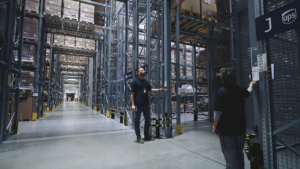
UPS has today announced that it has completed the acquisition of Frigo-Trans and its… Read more »

UPS has today announced that it has completed the acquisition of Frigo-Trans and its… Read more »

Aggressive discounting by UPS and FedEx during Q3 2024 lowered ground delivery rates to… Read more »

UPS has announced the opening of three new Italian logistics centres in the provinces… Read more »
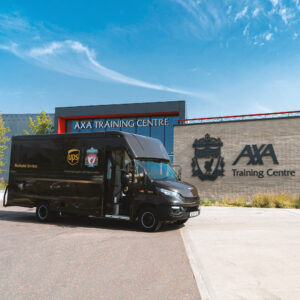
Liverpool FC and UPS are proud to announce a new multi-year partnership, with UPS… Read more »

Today retailers are increasingly appreciating that the buying behaviour of their customers varies from… Read more »
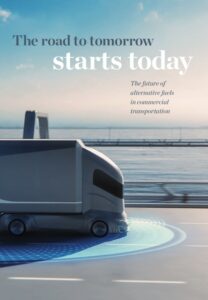
As the UK gets to grips with a revamped government strategy to meet its… Read more »
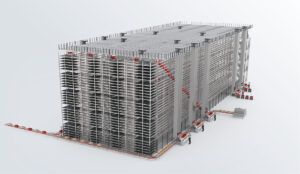
The GEBHARDT Intralogistics Group presents its latest product in storage systems: the ‘Upstream’ shuttle… Read more »

The coming together of five organisations with shared visions for the safety and security… Read more »

ShipStation, a cloud-based e-commerce shipping solution, today announces that UPS is live on its… Read more »
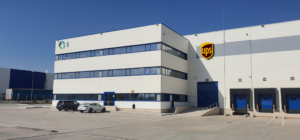
UPS Supply Chain Solutions (SCS) has announced the opening of its new facility in… Read more »

UPS is to acquire Bomi Group, an industry-leading multinational healthcare logistics provider. The transaction… Read more »

As the logistics industry looks to operate more sustainably amid increasing demand from e-commerce,… Read more »

Wincanton, a leading supply chain partner for UK business, has announced the five finalists… Read more »

UPS has announced first-quarter 2022 consolidated revenue of $24.4bn, a 6.4% increase over the… Read more »

DF Capital is designating £30m of inventory finance facilities for start-up and young businesses… Read more »

As one of the world’s leading logistics experts, Ehrhardt Partner Group (EPG) is always… Read more »

This year once again, the Hamburg-based company STILL is taking on social responsibility in… Read more »

Upskilling your drivers is important for numerous reasons. Road transport is a heavily regulated… Read more »

UPS is expanding its specialty pharmaceutical offerings by establishing UPS Cold Chain Solutions, a… Read more »
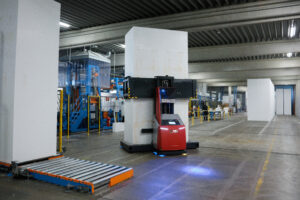
At its production site in Pinkafeld, Austria, Austrotherm produces energy-saving insulating panels. An automatic… Read more »
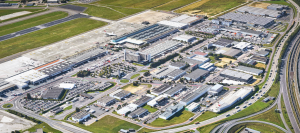
Nallian has extended its Landside Management Suite for airports with the Road Feeder Management… Read more »

UPS has begun testing the suitability and durability of Gaussin electric vehicles, which also… Read more »
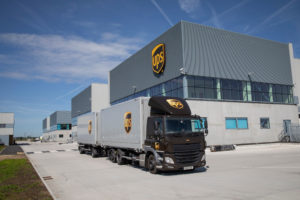
UPS has officially opened its new 32,000 square metre package sorting and delivery facility… Read more »

UPS has named Michael Harrell president of freight forwarding for UPS Europe. The 52-year-old… Read more »

UPS is testing a depot-to-door delivery system in central London. The Low Impact City… Read more »

Fenix Outdoor Group, a subsidiary of Switzerland-based outdoor goods specialist Fenix Outdoor International AG,… Read more »
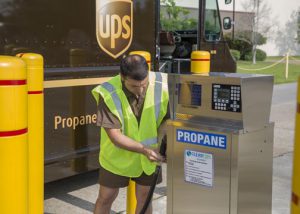
UPS today announced aggressive new sustainability goals to add more alternative fuel and advanced… Read more »
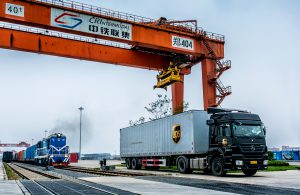
UPS is to add six stations to its Preferred full and less-than-container load (FCL… Read more »
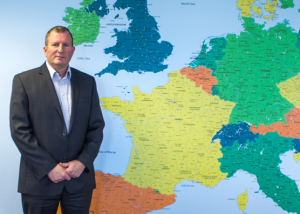
UPS has bought Freightex, a UK-based asset-light provider of truckload, less-than-truckload, specialized and refrigerated… Read more »

UPS has entered into a definitive purchase agreement to acquire Marken, a global provider… Read more »
UPS today announced that the company has achieved its goal of driving 1 billion… Read more »
UPS is to expand its healthcare-specific capabilities to support clinical trials. The delivery giants… Read more »

UPS (NYSE:UPS) today announced plans to construct a new 32,000 square meter package sorting… Read more »
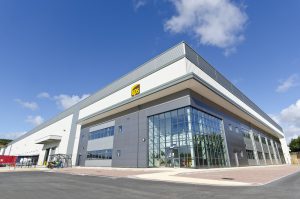
UPS® (NYSE:UPS) has officially opened a new contract logistics facility in North Warwickshire, in… Read more »
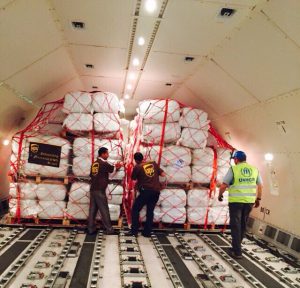
The UPS Foundation, the philanthropic arm of UPS® (NYSE: UPS) is working with the… Read more »

UPS (NYSE: UPS) today released its 13th annual Sustainability Report, highlighting its growing investment… Read more »
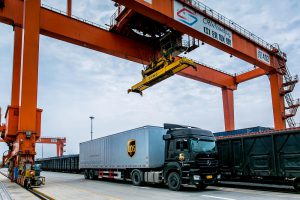
UPS (NYSE: UPS) announced today it has added a Less-than-Container Load (LCL) option for… Read more »

UPS (NYSE: UPS) announced today it has added a Less-than-Container Load (LCL) option for… Read more »
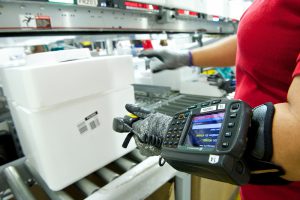
UPS® (NYSE: UPS) today announced that it is building a new healthcare distribution centre… Read more »
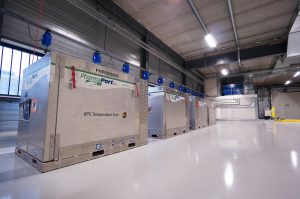
UPS® (NYSE: UPS) today announced the expansion of its temperature-controlled supply chain capabilities in… Read more »

While headlines have focused on the economic shocks of US trade policy, research shows… Read more »
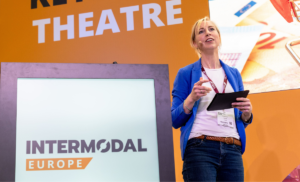
For 50 years, Intermodal Europe provides a platform for thousands of individuals from across… Read more »
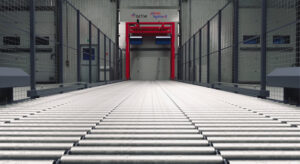
Automated trailer loading systems (ATLS) are often considered the domain of large-scale manufacturing facilities… Read more »
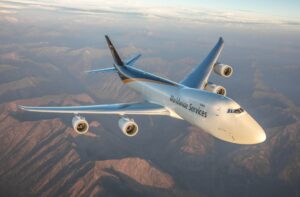
Expanding its extensive air network, UPS has nearly doubled its air freight capacity between… Read more »

Ecommerce, fulfilment, automation and sustainability trends have pushed the packaging machinery sector into the… Read more »

In an interview with Stefan Budweit, President and CEO of Clark Europe, Peter MacLeod… Read more »

Parcel+Post Expo is taking place on October 21, 22 & 23, 2025, in Amsterdam,… Read more »